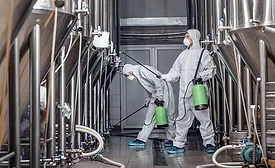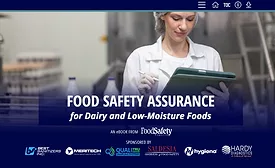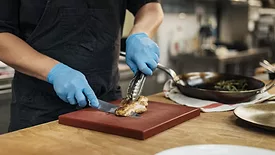Sanitation
Safe Chemical Handling and Storage
Every food processing facility must properly develop, document, implement, and maintain a chemical program
December 12, 2025
Sponsored Content
eBook | Food Safety Assurance for Dairy and Low-Moisture Foods
December 11, 2025
Sponsored Content
Safe, Sweet, and Ready for the Holidays with Megadyne's Power Transmission Belts
November 21, 2025
Never miss the latest news and trends driving the food safety industry
eNewsletter | Website | eMagazine
JOIN TODAY!Copyright ©2025. All Rights Reserved BNP Media.
Design, CMS, Hosting & Web Development :: ePublishing












